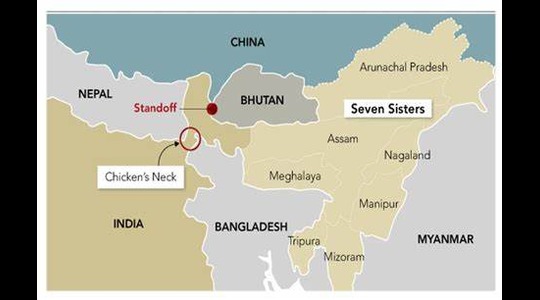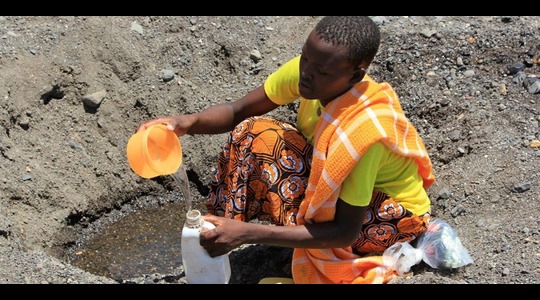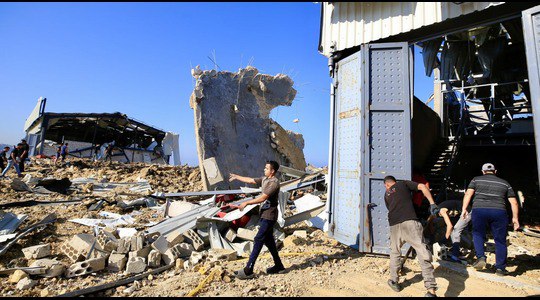We may see Bangladesh can balance its relationship with India by proceeding with all the disputes unbiasedly. Bangladesh should reform all the one-sided treaties with India. India must complete all the agreements clearly and unbiasedly.
Tanvin Rikabder Sakib, Student, Department of International Relations, University of Dhaka;
Bangladesh, the land of rivers and one of the fastest-growing economies in South Asia, is well known for her strategic location in South Asia. And 7 sisters is a term that is collectively used to refer to the 7 north-eastern states of India. Bangladesh shares the longest border with India, which has an approximate length of 4,096 kilometers. Five Indian states—“West Bengal, Assam, Mizoram, Meghalaya, and Tripura”—share borders with Bangladesh. Among these 5 states of India, there are 4 states, which are from 7 sisters, share their borders with Bangladesh. So, geographically, Bangladesh has become a major concern for India.
The Siliguri Corridor is often called the Chicken Neck of India, which extends at around 60 kilometers in length and 22 kilometers in width. It’s a narrow sketch located at the top north-western corner of Bangladesh. This chickenneck is the tiny corridor that connects India’s mainland with the 7 sisters. Along with, the Siliguri Corridor is surrounded by Nepal and Bhutan too. Besides, India’s rival country, China, clearly recognized as a threat to India, is geographically located nearby, sharing borders with Nepal, Bhutan, and other Indian states in 7 sisters. Apparently Bangladesh plays a big role here. It’s a crucial corridor for India as it connects linkages such as railways and roads. India sends their military and armed forces and inevitable stuff to live by this corridor. So, if for any reason China tries to block the corridor, it will be a great problem for India, and it will result in unrest in the north-eastern states of India as several militant groups are active there. During this problematic situation, India can take advantage of Bangladesh by using its airspaces and internal roads, which directly connect West Bengal with Tripura or other states. India can easily connect its mainland with seven sisters. Apart from this case, India already uses Bangladesh’s internal roads to send necessary stuff to northeastern states. It reduces the distance of roadways almost by half for India.
Bangladesh is a friendly country. But Bangladesh has a controversial foreign policy. Bangladesh’s foreign policy says, “Friendship to all, malice to none.” Recently, an enormous change has taken place in Bangladesh’s politics and government relating to a mass student protest. A 15-year regime has collapsed, which was an unconditional friend of India. During that regime, the crux of foreign policy was monopolized. Also, India helped Bangladesh back in 1971 to fight against Pakistan for her liberation. Using this sentiment, the former regime signed so many controversial agreements that extremely favored India. However, in general, the agreements and treaties should be based on equal rights. Due to the change in Bangladesh’s government, India feels they have fallen in danger as the current interim government would dispose of all unequal agreements. And the new government would become a threat for the northeastern states of India if Bangladesh postpones all the treaties related to easy road passage through Bangladesh to these states. It is also a matter of concern for India that if some militant group becomes active in those states and if China tries to occupy the states, then it will result in severe unrest in seven sisters. Some of the Indian narrative says Bangladesh would fuel the crisis and the current government would not favor India.
If we conclude the narrative, we could see Bangladesh can balance its relationship with India by proceeding with all the disputes unbiasedly. Bangladesh should reform all the one-sided treaties with India. India must complete all the agreements clearly and unbiasedly.
***The opinions shared in this article are the author’s own and do not represent this platform’s stance.





